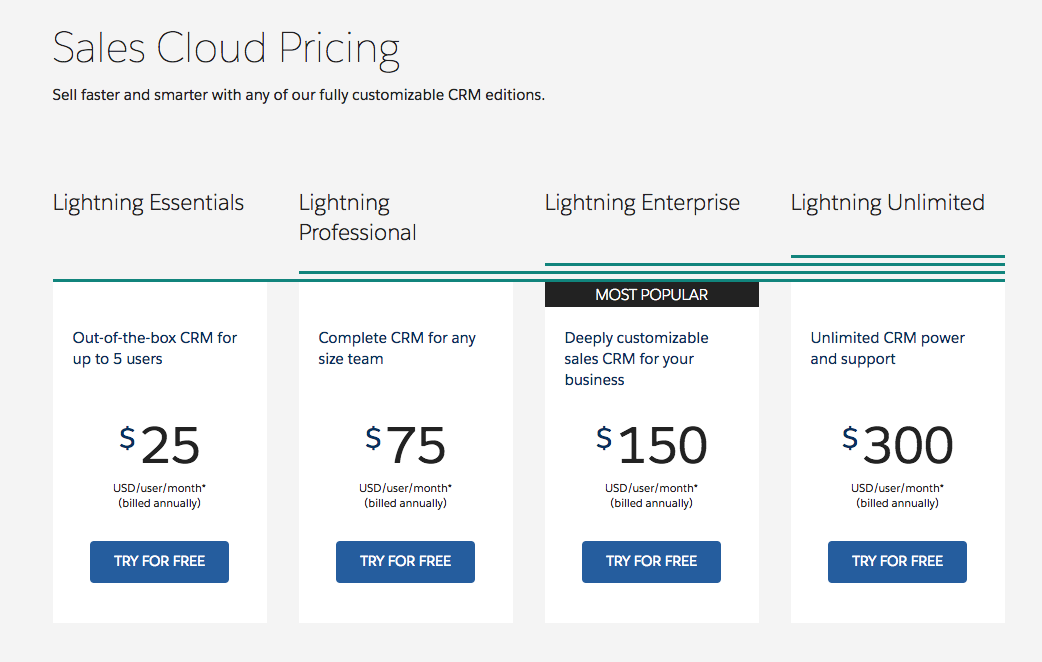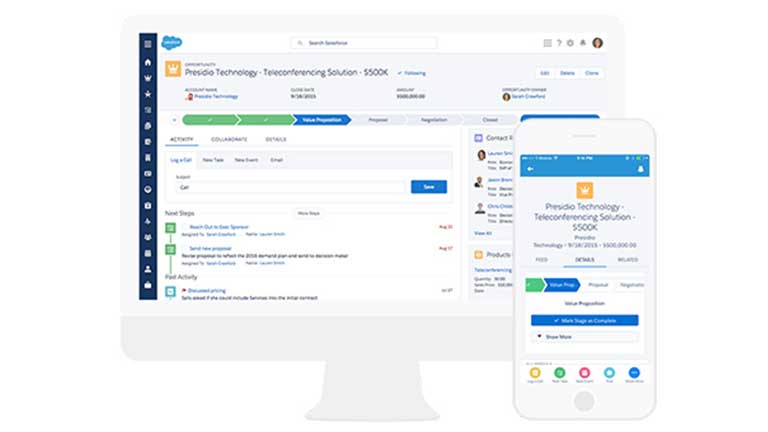SALES TERRITORY OPTIMISATION
Manage Sales Territories with Salesforce Territory Management
Manage Sales Territories Easily with Salesforce Territory Management
Haidong Song may seem like a mild-mannered Director of Product Management, but he’s a superhero. At least to Charlie Sides and the thousands of other Salesforce users who can now incorporate Territory Management into their CRM.
Sides, CRM Manager for Mölnlycke Healthcare, manages the Salesforce operations for the Swedish medical device company. In the United States, Mölnlycke has 3 sales divisions. Because the 3 teams sell entirely different products, the same customer may fall within 1 or more different territories. With a total of 18+ regions, 25+ territories, 17 clinical specialists, and a sales associate program, keeping track of territories was cumbersome. Having over 500 accounts mades sales territory alignment for Mölnlycke Healthcare complicated at best.
Until Sides attended Dreamforce 2013 and learned about Territory Management 2.0.
“It’s been Nirvana ever since,” says Sides. Since 2013, the sales territory management software has added even more features to make territory management straightforward and easily integrated with other features of Salesforce.
Why Territory Management?
Define, Review, Deploy, and Realign
Why is Sales Territory Optimisation Important?
Companies see many advantages when dividing their sales into territories. First, territory management helps better cover the organisation's sales. Assigning specific reps to specific territories make sure of coverage throughout an area and allows the business to dIvide up the responsibility throughout the sales team. Another advantage of territory management is to reduce selling costs. Assigning reps to accounts within one geographic region saves time and travel expenses while optimising productivity.
Having a sales territory plan also improves customer service. Sales territory alignment should be informed by territory management reports. By knowing where and how many reps to assign to specific territories, client accounts can be more carefully monitored while also providing a connection between the rep and the customer.
One distinct advantage of sales territory mapping software is in measurement. Distinct regions and sales territories allows measurements of how sales teams are performing. Sales territories should be optimised to help meet company revenue goals. Sales territory alignment analysis in Salesforce can be done simply by creating a dashboard report.
Reporting features of Salesforce Territory Management allow for data-driven decisions. The information about your sales territories’ performance can be quickly reported and adjustments can be made based on the data. For instance, your company may have concentrated on a few geographic areas with targeted Internet ads and plans to begin a phone sales campaign. The data on conversions can give you a sense of how many reps to assign to each territory.
The sales territory plan can become even more informative as you gather more data, allowing for sales territory optimisation. For instance, some companies focus on a geographic area once yearly. Using leads from Data.com, a live lead service, they have better contact information than other purchased lists. Through data from Salesforce Territory Management of the previous campaign, the company can forecast opportunities and revenue and then allocate the proper resources the campaign.
Setting Up Territories in Salesforce Territory Management
Salesforce Territory Management allows territories to be defined through a set of rules. Classifying sales reps, sales managers, opportunities, and customers by territory, give another way to sort CRM data and gives executives a better picture of the business by area.
Salesforce sales territory mapping software allows users to be easily defined in the system. New customers and new opportunities can also be assigned territories in the system through the use of rules which can be rerun at any time for classification of opportunities and or accounts.The results of these rules can be previewed prior to committing them.
Some businesses have started assigning territories based on social proximity. Assigning accounts to reps based on common interests and skills has shown a much higher close rate for those companies.
Territory Hierarchies can be created which allows managers and executives to get information at a higher level and drill down to a lower level to examine the detail, providing data to better manage the sales team.Salesforce Territory Management allows the admin to create and define a territory hierarchy, which doesn’t replace the role hierarchy.The data from the sales territory management software can be extracted and used to create dashboard reports to show reps and managers progress towards goals and room for improvement within the territory.
Sales Territory Plan
Being able to sort data by territory is an important feature of Salesforce sales territory mapping software. Instead of just having individual rep performance, or overall department performance, the data can be mapped out by territory. Often trends will emerge from territory data that allow for quicker insights into sales and business practices.
Having a sales territory plan is important to your business strategy. Sales territory optimisation allows businesses to use data gathered to make decisions about their territory. Sales by region and territory, sales by rep, opportunities, number of calls, number of conversions, and orders by product number are all metrics that can be analysed. When analysing data by territories, executives can ensure the right number of reps are assigned to a territory and the right activities are being done. Adjustments in strategies can also be made as data from each territory is analysed.
The data gained from Salesforce Territory Management gives important insights for optimisation. Decisions such as number of reps to assign to a territory, what revenues to forecast by geographic area, and where to allocate marketing budgets as informed by territory management software.
Song says Salesforce Territory Management was designed to “deliver an enterprise class territory management [solution] that automates critical sales planning and execution processes to maximise sales performance.” It is that automation that brings accolades from users like Sides who can now run reports based on territory with simplicity.




